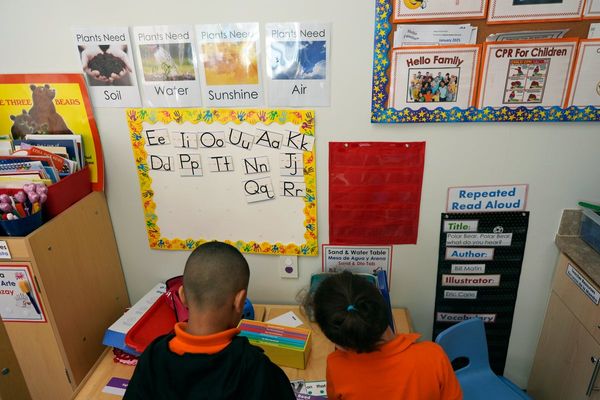
The franchise tag deadline is approaching, which is a special time of year for a certain type of NFL sicko. But if you have no idea what the franchise tag is or how it works? You’ve come to the right place.
Every offseason, each team has the ability to use either a transition tag or a franchise tag to retain the rights to one pending free agent. However, only one can be applied, not both.
In years past, we have seen star players tagged as a prelude to working out long-term extensions (à la Lamar Jackson with the Baltimore Ravens) or to keep a player with their team for one more season before they hit true free agency (à la Saquon Barkley with the New York Giants).
Below, we’ll explain the difference between the types of tags and share top candidates to be tagged in 2025. But before we get to that there are a few things to understand about this year.
While the typical offseason will see anywhere from between five and 10 players getting one of the tags (that’s where we’ve landed each of the past four years), there probably will be no more than two in 2025. The reason? The tag numbers are expensive and for the premium positions such as quarterback, left tackle, edge rusher and cornerback, the free-agent class is fairly lacking.
First, here are CliffsNotes on each tag and what it means for both player and team.
Transition tag: If applied to a player, he gets the higher figure between either 120% of his previous salary or the average of the top 10 cap hits at his position over the previous five years. The player can negotiate with other teams during free agency and if he receives an offer sheet, his current team can match. If the team doesn’t match, the player leaves for that contract and the original team doesn’t get compensation.
Franchise tag: There are two types; exclusive and nonexclusive. On the exclusive tag, the player can’t negotiate with other teams but also gets paid more, either the average of the top five cap hits from the 2024 season at the player’s position or 120% of their prior salary. The nonexclusive tag allows the player to negotiate with the other 31 clubs. If he signs an offer sheet, his original team can match. If that team doesn’t match, it receives two first-round picks in return. Additionally, the nonexclusive tag pays out the average of the top five cap hits over the past five seasons at the player’s position or 120% of their prior salary, whichever is highest.
The franchise tag is significantly more common than the transition tag, although both are tools for general managers to use as they move into free agency, which technically starts on March 12 at 4 p.m. ET. However, the legal tampering period starts March 10 at 12 p.m. ET.
These are the projected franchise tag values for 2025:
Quarterback: $41.325 million
Running back: $13.629 million
Wide receiver: $25.653 million
Tight End: $14.241 million
Offensive line: $25.156 million
Defensive end: $24.727 million
Defensive tackle: $23.468 million
Linebacker: $27.050 million
Cornerback: $20.357 million
Safety: $19.626 million
Kicker/punter: $6.459 million
The tag window runs from Feb. 18 through March 4. And, as explained above, I only see two real candidates this year.
Sam Darnold, QB, Minnesota Vikings
Darnold had a breakout 2024 campaign with the Minnesota Vikings, throwing for 4,319 yards and 35 touchdowns against 12 interceptions. However, it was tarnished over the final two weeks in losses to the Detroit Lions and Los Angeles Rams. Still, he’s a quality candidate for the tag as Minnesota has second-year quarterback J.J. McCarthy coming off a torn meniscus.
If general manager Kwesi Adolfo-Mensah decides to tag Darnold, it would almost certainly be with the nonexclusive tag at $41.3 million. Minnesota could afford it, but would see a significant chunk of its $58 million in projected cap space eaten up.
Tee Higgins, WR, Cincinnati Bengals
Higgins is arguably the best free agent on the market and will certainly command a multi-year contract of more than $30 million annually. However, that’s if the Bengals allow him to reach free agency.
Higgins has already played out one year on the franchise tag and would cost Cincinnati more than $26 million to use it again. If the Bengals are planning to keep Ja’Marr Chase long-term, he’s going to command a market-setting contract, making it tough, but not impossible, to also keep Higgins.
This article was originally published on www.si.com as 2025 NFL Franchise Tag Explainer and Top Candidates.







